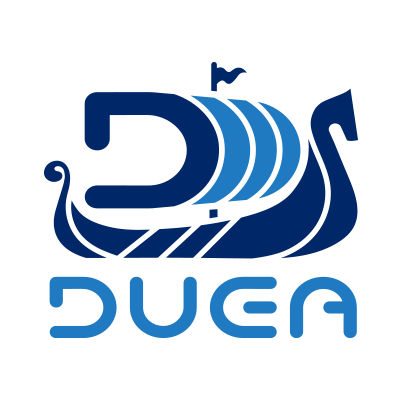Background
Dave Duea was born on the farm. Dave’s father, Victor Duea, was a hired hand and rented the farm when Dave was a boy. Dave’s future wife, Mary Sampson, grew up on the neighboring farm. Dave and Mary were high school sweethearts, eventually married and have now been married for over 60 years. In 1989, Dave and Mary Duea bought the farm. After purchasing the farm, Dave grew soybeans and corn on the farm in a crop sharing arrangement with his brother, Sanford Duea, until Sanford’s passing.
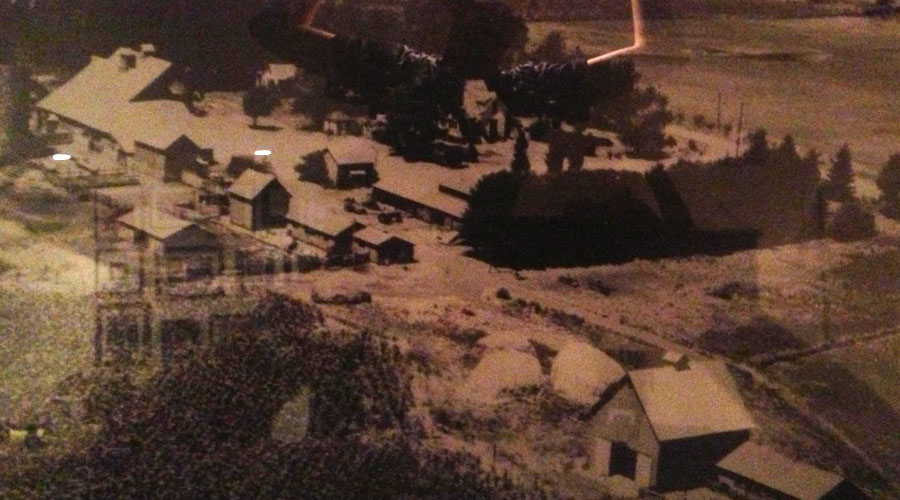


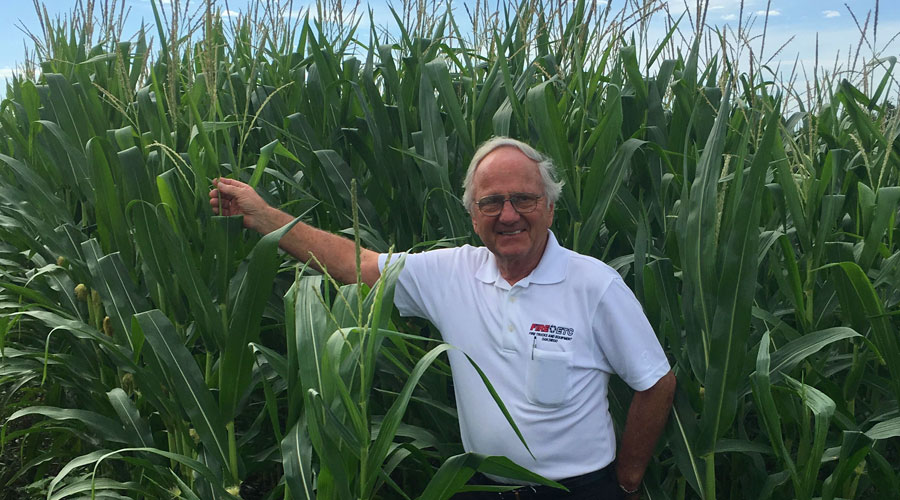
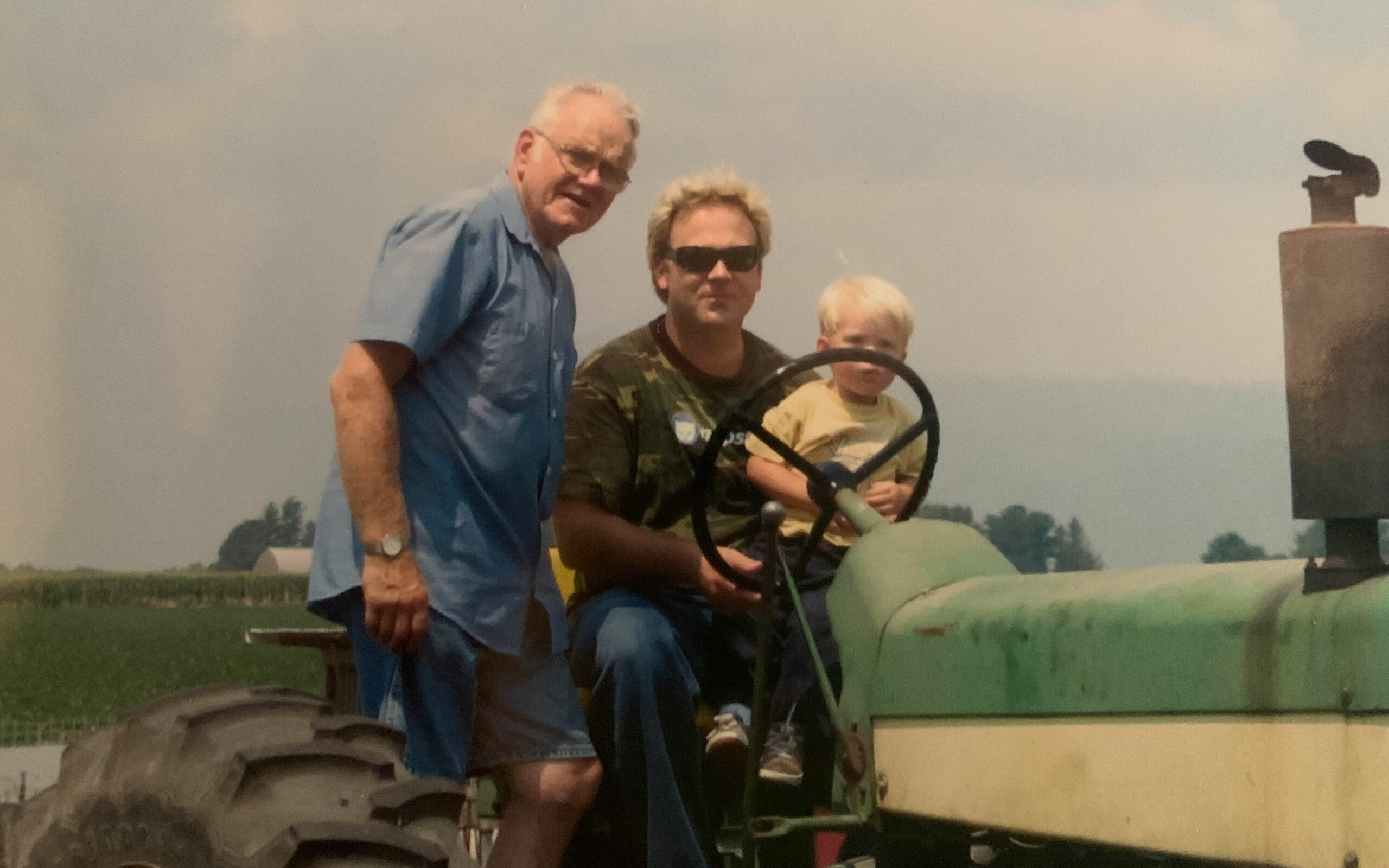


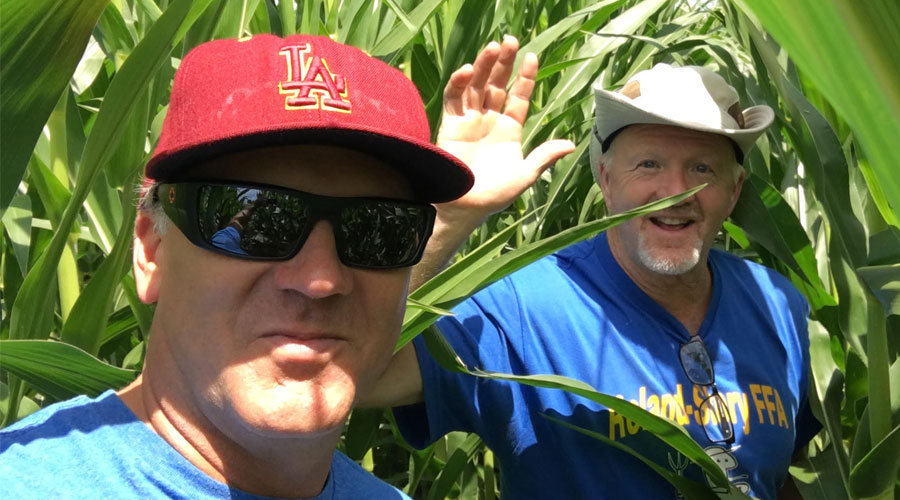
Dave then set up a crop sharing arrangement with Mary and Dave’s nephew, Brian Sampson. In 2016, Dave and Mary’s son, Brad Duea, took over the primary management of this relationship and continues to operate the farm in a crop sharing arrangement with Brian Sampson.

Corn and Soybeans Farming
DREAM grows corn and soybeans on the farm. DREAM is a member of the Key Cooperative in Nevada, Iowa. DREAM’s farming partner, Brian Sampson, is a past board member of the Key Coop.
Carbon Farming
Iowa agriculture producers in general and DREAM in particular are helping reduce the level of CO2 in the atmosphere through the adoption of a wide range of conservation practices. Such practices play a significant role in capturing and storing CO2 in soil and vegetation. This process is termed “carbon sequestration.”
What’s more, Iowa producers—like DREAM—can benefit by selling carbon credits, through the implementation of conservation practices that promote carbon sequestration on farms.
Carbon credits is a new concept devised by public and private entities. The concept involves buying carbon units, mainly in tons, through a middle entity or marketplace that aggregates contracts from many farmers—like DREAM–who meet the criteria of carbon sequestration through adoption of a range of conservation practices. The carbon units are then sold to a buyer in the industrial sector needing to offset the CO2 generated to the atmosphere through their manufacturing activities. The process by which DREAM agriculture practices can mitigate atmospheric CO2 include:
First, CO2 can be diverted to secure storage in plant material — more plants equals more carbon stored. Second, is to decrease organic carbon mineralization — which is managing crops and soil to restrict conditions that accelerate the oxidation of soil organic matter and leading to the release of CO2 such as is the situation with conventional tillage. Third, since eroded soil is exposed soil — and exposed carbon — reduction of soil erosion will keep carbon trapped in the soil.
By DREAM using farming practices that result in any or all of the three ways to sequester carbon, DREAM can earn carbon credits — the medium of exchange in the carbon sequestration market.
Consumers of fossil fuels such as utilities, and industries, are assigned CO2 emission limits, but since updates of physical facilities and equipment or rebuilding new plants may be too costly, they are allowed to pay others—like DREAM–to store carbon in exchange for the right to release CO2 in excess of their limits into the atmosphere.
One of DREAM’s goals is to become a net ‘carbon sink,’ and a viable entity in the carbon credit market. By using farm practices that sequester carbon — no-till or vertical tilling, vegetated buffers and cover crops, withdrawal of cropland from production and use of livestock manure as natural fertilizer — might all earn money as utilities and industries pay for those practices by purchasing the resulting carbon credits.
Win/Win
What’s even better is that DREAM’s carbon sequestration efforts could help to enhance the soil quality of farmland. As management evolves to meet the requirements needed to earn carbon credits, success might appear in several ways.
Soil organic matter can improve soil structure and soil physical and chemical properties. Soil organic matter benefits can include the promotion of beneficial soil organisms, which will increase in vigor and numbers with more diverse crop rotations and higher organic matter levels. Organic matter may also bind pesticides, suppress disease organisms and improve crop health and vigor as soil biological activity and diversity increase.
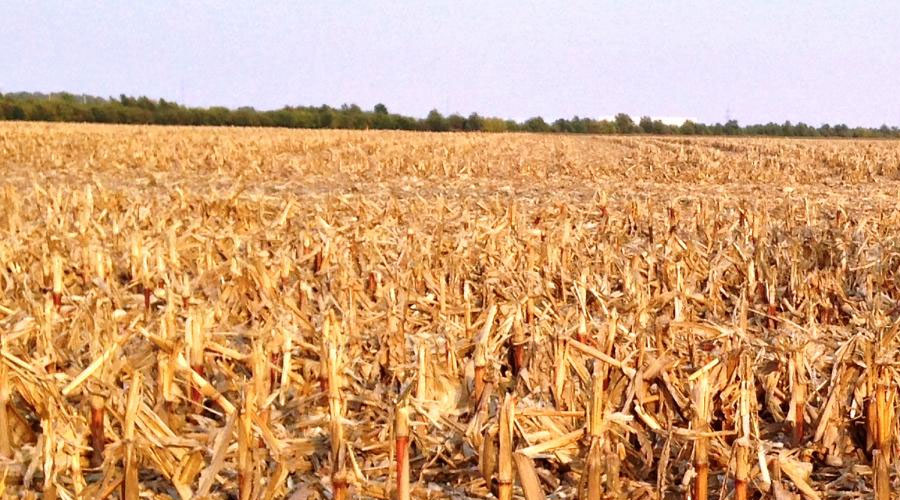
Corn Stover Harvesting: Following a corn harvest on the Duea farm, DREAM harvests and bales the remaining stover (corn stocks and corn crop residue). Verbio Biofuels can acquire and use these corn stover bales at its nearby Nevada Biorefinery.
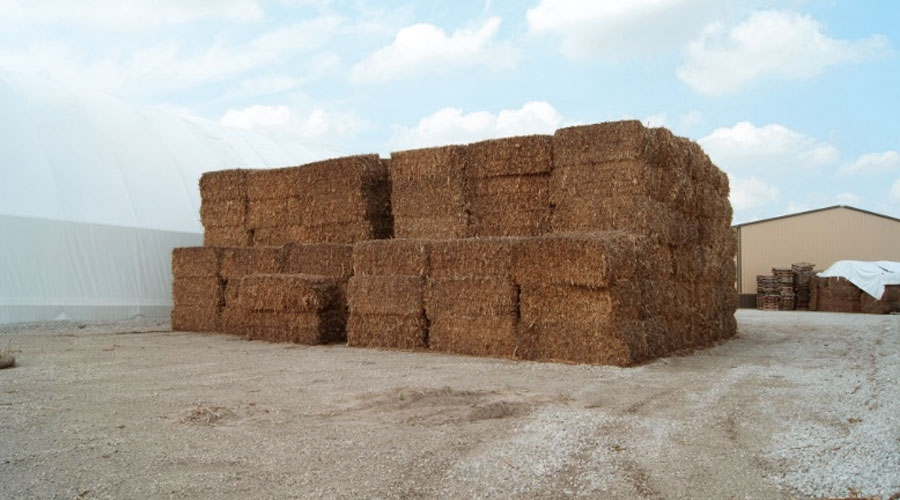
Corn Stover Bale Storage: DREAM also leases a portion of the Duea farm to Verbio Biofuels for stover bail storage to fuel its Nevada Biorefinery.
Nevada Biorefinery

The Nevada Biorefinery is the renewable natural gas (RNG) production facility currently under construction at 59219 Lincoln Highway, Nevada, IA 50201. The entity is 100% owned by VERBIO North America Corporation. The location utilizes DuPont’s previous investment in site infrastructure and meets Verbio’s requirements for access to the natural gas transmission grid, high voltage power, major highways, feedstock sources, and water supply.
For RNG production, Verbio feedstock is baled crop residue procured within a 50-75 mile radius. Verbio will utilize 90,000+ tons of corn stover per year during the first phase of operations and is interested in other types of cellulosic material including immature cover crops.
Verbio will produce RNG and humus. RNG will be cleaned to pipeline natural gas standards and injected into an onsite natural gas distribution pipeline for eventual use as compressed natural gas (CNG) or liquified natural gas (LNG) vehicle fuel. Humus, alternatively known as digestate, is a value-added lignin- and nutrient-rich soil amendment similar to peat moss or compost which may be returned to feedstock suppliers or further processed into marketable products. The Verbio process does not create any significant wastewater and will not pollute ground or surface waters.
